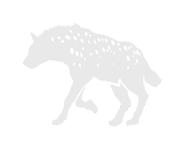
Luggage requirements for your Kruger safari.
For Kruger park safaris, this blog encourages our guest to pack light luggage. We have space for one suitcase and a backpack or laptop bag.

Weather in Kruger National Park and which clothes to pack.
This blog provides the average weather when visiting Kruger National Park and what clothes to pack based on this. You will need a jumpsuit set and a beanie for the cool morning and evening game drives.

Elephant, one of the Big 5
African Elephants are listed as vulnerable by the International…

Zebra Most Popular to People
According to NationalGeographic.Com, there are two species…

Leopard one of the Big 5
The South African Leopards (Panthera Pardus) exhibit an astonishing…

Big 5 Attraction and Conservation
The big five are among the most dangerous and was the most popular…

Visit South Africa
According to South African Tourism Head Office as on their site,…
